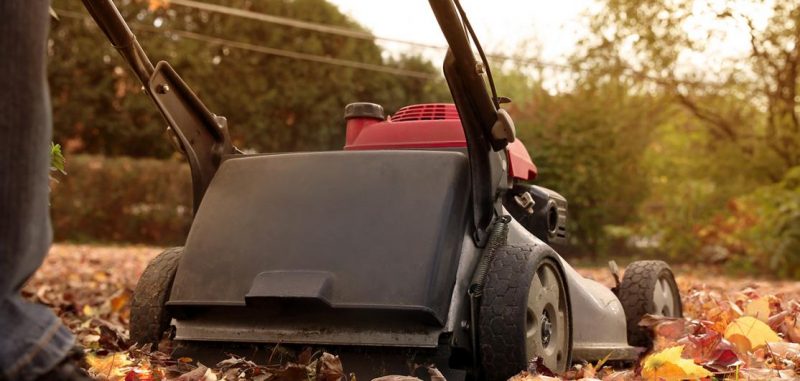How homeowners treat a yard this autumn can determine the quality of their yard next spring and summer. Kris Kiser, president and CEO of the Outdoor Power Equipment Institute, offers up the following checklist for homeowners who want to lay a strong groundwork for a great yard next spring:
Keep mowing. Grass still needs regular care to stay healthy. Grass that is too high may attract lawn-damaging field mice. Shorter grass is more resistant to diseases and traps fewer falling leaves. Cutting the grass low also allows more sun to reach the crown of the grass. However, cutting off too much at one time can be damaging, so never trim more than a third of the grass blades off in a single cutting, Kiser says. Put mower blades on the lowest settings for the last two cuts of the season.
Aerate your lawn. Compressed soil can hurt the health of the grass. Aerating punches holes in the soil and lets oxygen, water, and nutrients into a lawn. Use a walk-behind aerator or get an attachment to pull behind a riding mower, Kiser suggests.
Mulch your leaves. Many mowers can mulch leaves with an attachment. Since mulching with a mower can mix grass clippings with leaf particles, these nitrogen-rich grass particles and carbon-rich leaf particles will compost more quickly. They can then return nutrients to the soil.
Trim and shore up trees and bushes. Use trimmers, chainsaws, or pole pruners to cut back trees, shrubs, and plants. Make sure branches are safely trimmed back from overhead lines and not in danger of falling on a home or structure in winter weather. You may need to tie or brace limbs of upright evergreens or plants to prevent them from breaking in high winds or snow. Call a professional arborist for big trees or hard-to-reach spots.
Repair bald spots. Fall is a great time to patch bald or thin spots in a lawn. The easiest way to do this is with an all-in-one lawn repair mixture (found at most garden shops and home centers), Kiser says. Use a garden rake or dethatcher to scratch loose the soil on the spot.
Source: OPEI













